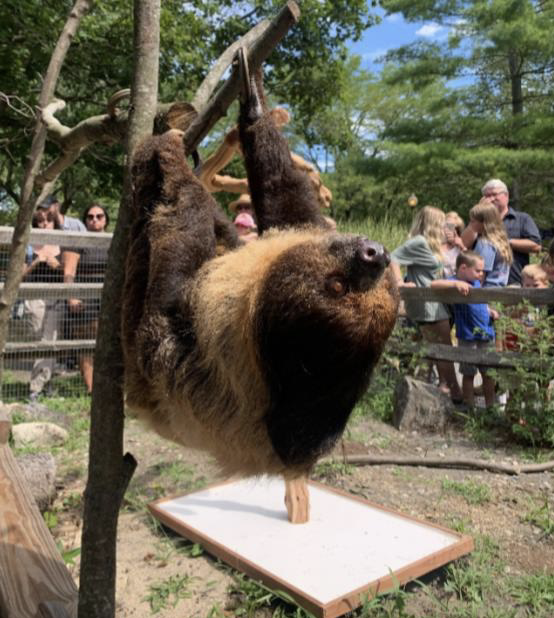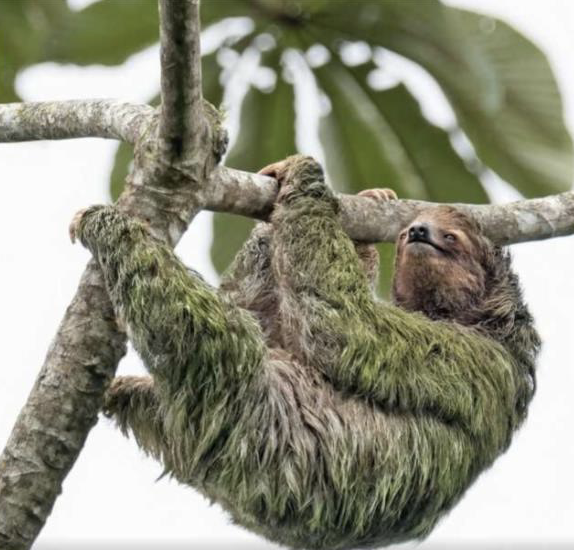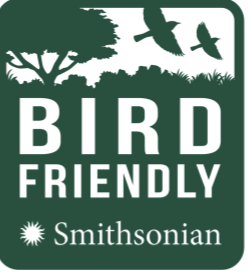

International Sloth Day is a way for us to celebrate one of the slowest animals in the world: the sloth! Many people enjoy sloths but aren’t fully aware of the challenges they face out in the wild. Did you know that the pygmy sloth is considered critically endangered or that the maned sloth is vulnerable? And while not all sloth species are at risk of extinction, it is important to understand the importance of their conservation. So, let’s take some time today to learn a little bit more about sloths and the ways that we can protect these fascinating creatures.

When you think of a sloth what’s the first thing that comes to your mind? Is it that they are slow, lazy, and do little more than sleep all day? While it’s true that sloths sleep 15 (or sometimes more!) hours a day, they do so much more than you think and are an important part of their ecosystem.
But first, let’s talk about why they are so slow. It isn’t because they are lazy. In fact, being slow is actually a very successful survival strategy. I mean, sloths have been around for millions of years so clearly, they are doing something right. The big reason sloths are so slow is because of their diet and low metabolic rate.Sloths eat mostly leaves, which aren’t very high in calories – the amount of energy your body gives off when breaking down food. They also don’t eat a ton of food in a day. And since their diet is already low in calories, sloths don’t get much energy from their daily food intake. So then won’t eating more leaves give them more energy? Why don’t they just eat more? I’m glad you asked! Remember we said sloths have a low metabolic rate? This means they take quite a while to digest their food (think around 30 days!). Sloths also have a multi-chambered stomach that stores tons of food, so much so that sloths are usually always full. Long digestion periods plus a full stomach equals not eating a lot, and not eating a lot plus a low caloric diet equals a slow lifestyle.
Now that we know why sloths move so slow, let’s take a look at how this is beneficial to the environment. Sloths are essentially a walking ecosystem (a very slow walking ecosystem). They host a number of organisms in their hair from moths to fungi to even algae!

Some of these organisms, like the sloth moth, can’t be found anywhere else in the world. Sloths provide these organisms with a place to live, while the organisms provide sloths with some much-needed camouflage. In nature, sloths actually have a greenish hue to them thanks to the algae. They have grooves in their hair that can hold a little bit of rainwater which, coupled with their sedentary lifestyle, helps to facilitate algae growth. And since it rains a lot in the rainforests of Central and South America, you can imagine how much algae could grow on a sloth. Sloths are also an umbrella species helping to protect the rest of the wildlife in the rainforests. Sloths depend on trees to survive, but they aren’t the only ones. Many other species also call the trees their home. When we work to protect and preserve the sloth’s ecosystem, we are also helping out those other species.

So, now you may be thinking, “well, how exactly can I protect sloths?” It’s actually not as difficult as you would think! One of the easiest ways you can help protect sloths is by buying sustainable products. Instead of buying products from sources that may be contributing to the destruction of the rainforest, look for options, such as Bird Friendly Coffee, that sustainably source ingredients.
By switching something as simple as your coffee choice, you can make a huge difference in sloths’ (and other wildlife) lives.
Written by Emily Granville
Education Specialist
Lehigh Valley Zoo | Schnecksville, PA